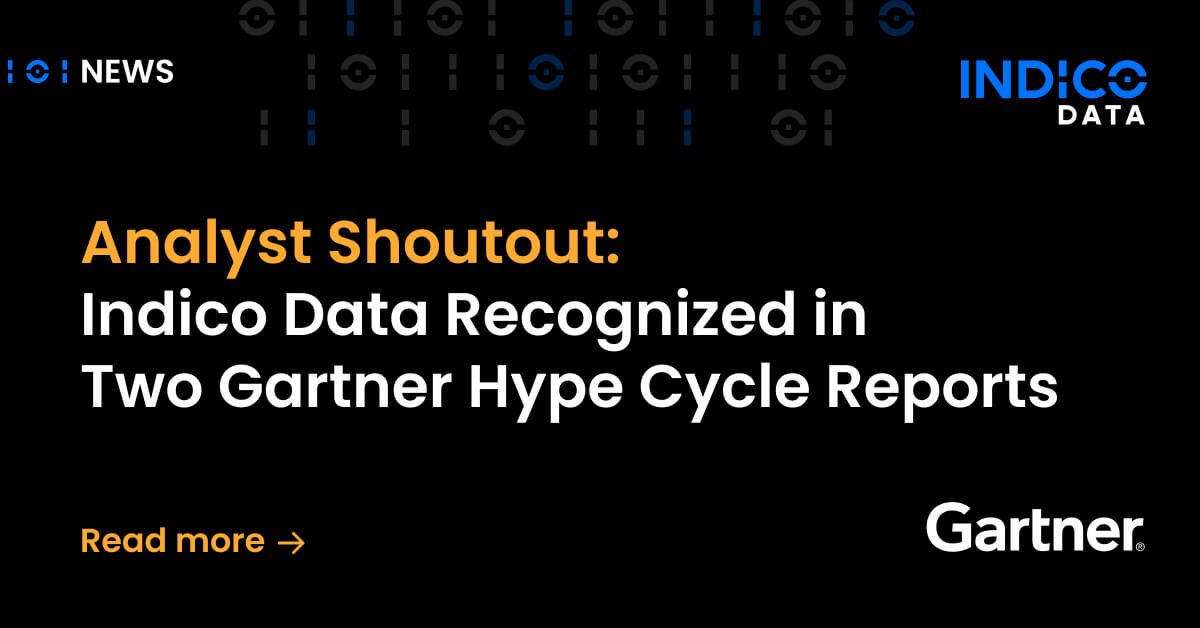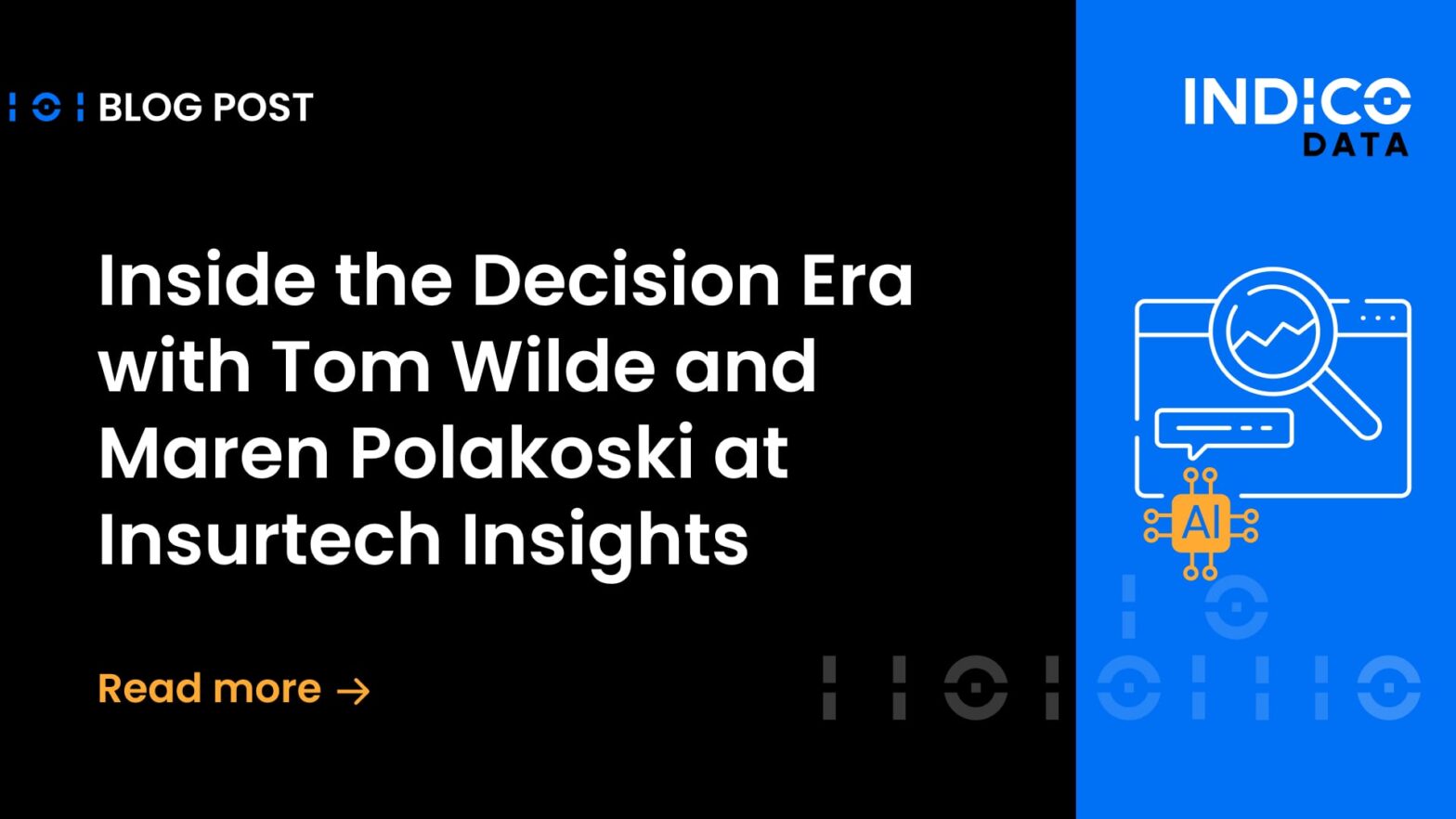Banks and mortgage brokers have a problem: their customers aren’t too happy with them. One big reason is that their mortgage origination processes are too slow, a situation that is crying out for mortgage process automation solutions, including for loan origination automation.
Banks are losing business to non-depository loan originators, which have doubled their market share from 25% to 50% over the last 10 years. Fewer than half of bank customers are satisfied with their bank for both original mortgages and refinances, trailing their non-bank counterparts by 20% to 30%, according to a survey by McKinsey & Company.
Among the key criteria customers care about is speed. “Customers move fast and expect institutions to be nimble enough to keep up with them,” McKinsey found. “They want to complete the application quickly and, if they already have a relationship with the lender, they expect the lender to use the financial data it already has rather than ask them for more documents. Naturally, borrowers also want a quick conditional decision and fast time to close.”
For banks that lack mortgage workflow automation processes, meeting those criteria will be a tall order. Yet many banks have highly manual processes, while newer digital mortgage players are highly automated.
Implementing financial services automation processes, including for mortgage origination, will automate loan origination and many other steps that today are highly manual. Let’s look at a few of them and how intelligent automation helps.
Related content: See how we helped Cushman & Wakefield save 35,000 staff hours
Customer data collection
A mortgage origination process starts with collecting data from the customer, such as property specifications, W-2s, pay stubs, and identification (i.e., passport or driver’s license). For a refinance, you’ll also need real estate bills, insurance forms, and more.
While most banks collect such data using online portals, making it easier for the customer, the slowdown comes on the lender’s end. Reading all of these documents and pulling out pertinent information for input into lending decisioning systems is a manual process.
Related Article: 3 Use Cases for Intelligent Document Processing in Commercial Banking
Assessing creditworthiness
With customer data in hand, the bank must then create financial spreads to assess the applicant’s creditworthiness. This process involves taking data from the applicant’s various financial statements and entering them into the spreadsheet instrument.
Again, this is often a highly manual process because, historically, credit documentation automation solutions weren’t up to identifying the specific data that needs extracting from each applicant’s financial documents; it required human intervention.
Credit underwriting, loan closing
Once the bank assembles an applicant’s data in the appropriate format, it goes to underwriting to decide whether the loan is approved. Underwriting can also be a highly manual process, according to Moody’s Analytics. “For many lenders, the credit application represents another manual exercise in preparing and collating several separate, yet related, pieces of paper, often in a highly prescribed fashion, adding to the processing time for approval, especially for a new relationship,” Moody’s says.
The final step in the mortgage process, at least from the customer’s perspective, is the closing. The customer meets with a bank representative to sign the various documents and make the loan official. Before that happens, all those documents are generated, which requires manual intervention.
Bringing hyperautomation to mortgage processing
Clearly, this is a process that’s suited for automation. While RPA and templated approaches may offer some rudimentary help, banks discover they are insufficient to deal with the unstructured content in some documents and the sheer variation among documents.
A step up in what Gartner calls the “hyperautomation” hierarchy is applying artificial intelligence to the process. In this case, that takes the form of intelligent document processing, which uses AI technology such as machine learning and transfer learning to drive tools that can “read” documents much like a human would and extract relevant information for input into downstream mortgage processing tools.
Using such intelligent automation tools sets up banks to effectively use applications that help with automated decisioning in the approval process. Such apps typically require data in a pre-defined format – precisely what intelligent document processing can deliver.
Similarly, once one step in the process is complete – say, a loan is approved – triggers other procedures, such as generating all the documents needed for closing.
Slash process cycle times by 85%
For banks to compete effectively with tech-savvy non-depository loan originators, they’ll have to step up their automation game. Tools such as Indico’s Intelligent Process Automation platform can help them do just that. Indico’s platform includes a massive database of labeled data points that, along with natural language processing capabilities, reads any document and understand its context. It takes just a few hundred documents to train models to automate the mortgage origination process.
It’s not uncommon for Indico customers to see process cycle times slashed by 85% – the kind of gains that can help you compete more effectively in mortgage processing.
The best way to understand what the Indico IPA platform can do is to see it in action, so we encourage you to arrange a free demo. Or, if you have any questions, feel free contact us.


